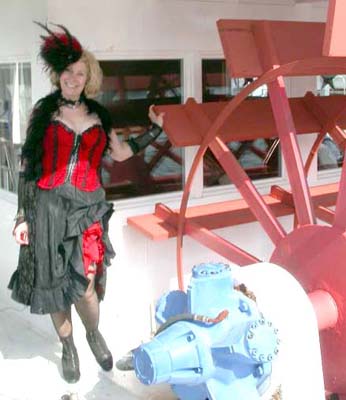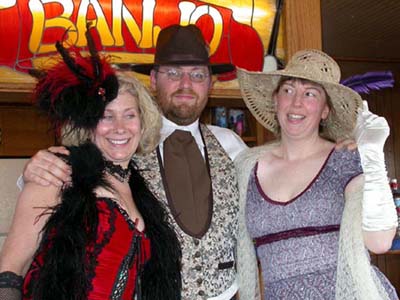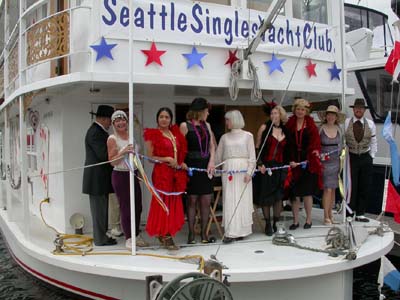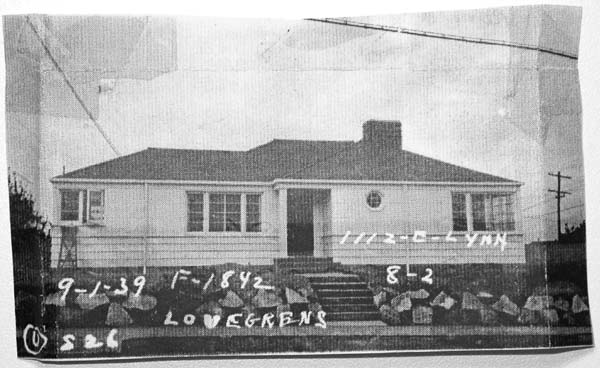When I take the commuter bus to Seattle from Stanwood, I literally catch it at the end of the line. It is the longest bus route; anything longer would require Greyhound. And the stop I use is at the most desolate, isolated, lonely park-and-ride lot I have ever seen.
Waiting for the bus in December and January was cold, damp, dark, and surreal. A single streetlight did little to dispel the gloom, and across the road, there was only a bleak, empty farmer’s field.
At 6:25 am, I huddled at the bus shelter, my teeth chattering from the unstoppable wind. I wished I had a car to wait in, like that other lady. She was sitting in the driver’s seat, using the rear-view mirror to apply her makeup.
When she got out and joined me, she was friendly and chatty.
“I hope the river doesn’t flood today!” she said, cheerfully.
On the other side of the bleak farm field was the Stillaguamish river, known locally as the Stilly. I knew there was a flood watch in effect, but I didn’t realize it applied to the bus stop.
“At least, I hope I don’t come back and find my car under water,” she added.
I’d originally been a bit jealous when I noticed her sitting in her warm, toasty car. But now I felt a bit smug — after all, my car was safely back at home with Barry. I’d heard that cars at this lot were often broken into, but I didn’t realize they might flood as well. I began to wonder about this woman, whose choice to ride the bus meant not only hassle, but serious risk to her personal property.
I saw her whenever I rode the bus, and each time, I became a little less reticent. Her presence made the bus stop seem less surreal. We’d have a brief conversation, but when the bus came, I went to the back. As the first person aboard, she always sat in the front row.
I took about a month off, and when I returned to the bus stop, the days had lengthened. It was light enough that I could actually see her, a middle-aged lady, nicely dressed in a leather coat and low-heeled pumps.
“Hello!” she said. “You haven’t been riding the bus lately.”
I was surprised that she remembered me. “We went down to stay in Seattle for a bit,” I admitted, “and next week, we’re going to start house-sitting in Fremont for nine weeks. I can’t wait to live in town again, in the Center of the Universe. This commute is awful, and I only do it one day a week.” I smiled at her, sympathetically. I was fairly certain she did the grueling bus ride five days a week.
“Oh, I know what you mean,” she replied. “I used to live in Greenwood, and I really loved it, being right in town, where you can get to everything.”
I wondered, out loud, how she ended up out here at the end of the bus line.
“We were raising kids, you know, and so we moved to Mill Creek.”
It made sense, a logical step. I could imagine a couple living in Seattle with a couple of kids. They might have concerns about city schools, might want a bigger house. So they’d move to the suburbs, to a place where you can get a big new house on a big lot for not very much money. Mill Creek is like that, with reasonably good schools and lots of conveniences, if you don’t mind driving everywhere. To me, it’s sub-urban, but a lot of people like that kind of lifestyle.
“After we were about done with the kids, my in-laws offered us their place on Camano Island,” she continued. “They said we could have it for pretty much what they paid for it, 25 years ago.”
It sounded like too good a deal to pass up. Except that it had another price.
“My mother-in-law loves the place. She hated to leave it, and she wanted to write something into the contract to say that if we ever sold it, they would have first rights to buy it back at the price we paid them for it.” She laughed. “My friend, who’s a lawyer, told her that was ridiculous, that once they sold the house, they couldn’t say what was to be done with it.”
Perhaps, from a legal perspective, that’s true. But not from a family perspective.
Moving into her mother-in-law’s dream home was a trap. She never said so outright, but I could tell. To sell the home would be unthinkable; they don’t dare upset the family: As long as her in-laws are alive, she cannot move. She’s stuck, indefinitely, living on Camano Island, over 60 miles from the city where she’d like to be.
As other people board the bus, I look at their faces. The daily commute of over four hours makes many of them look like zombies. How many do it because they want a good-paying job, lots of money and nice things? Or is the story more complex? Perhaps, like the lady at my bus stop, the reason involves other people’s lives and feelings.
She saves the seat beside her for a friend, and the two of them catch up on the day’s news before turning to their respective magazines. She’s always smiling, always cheerful. Starting at the end of the bus line, she has the longest commute, but she doesn’t look like a zombie. That’s what comes of making the best of it.













